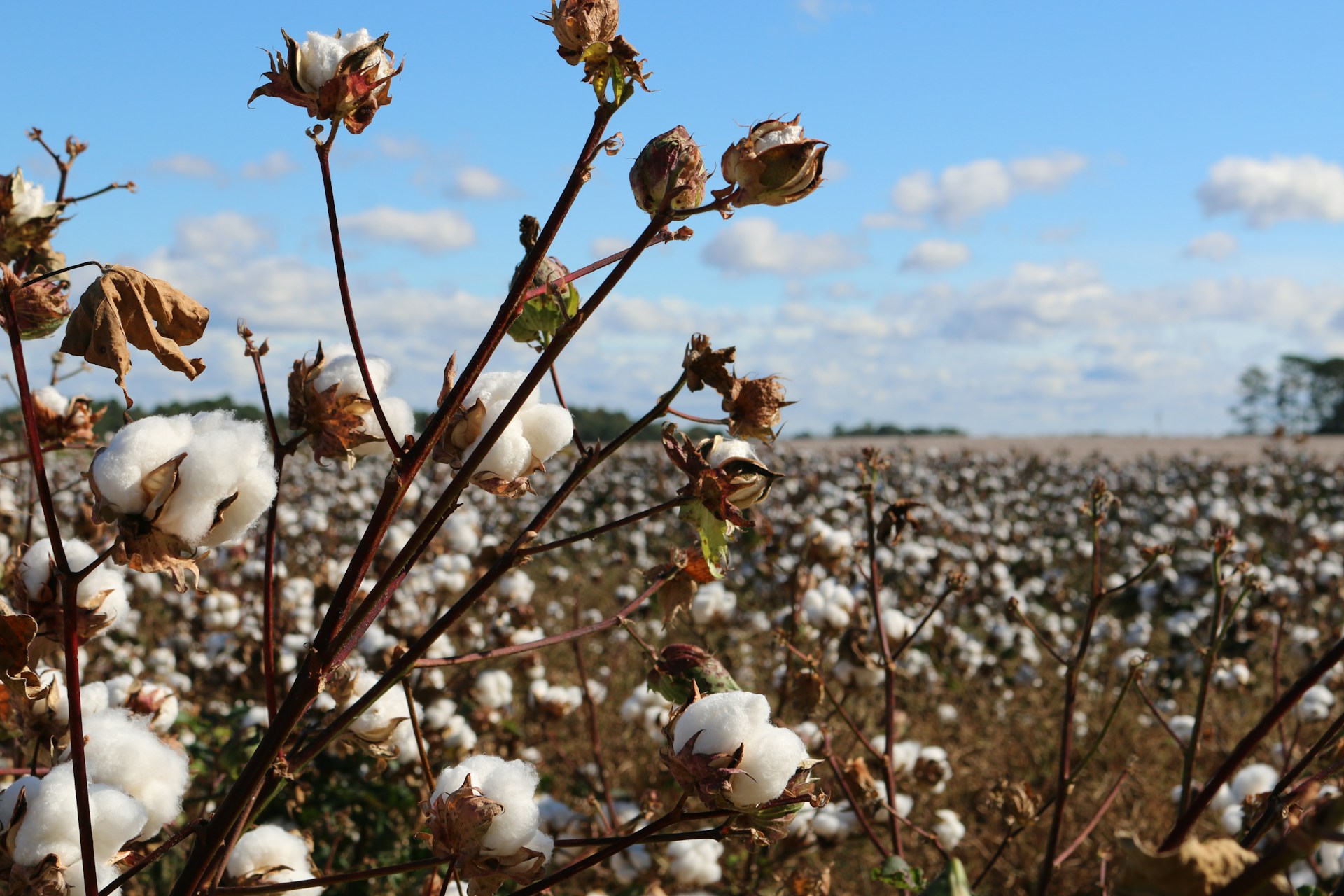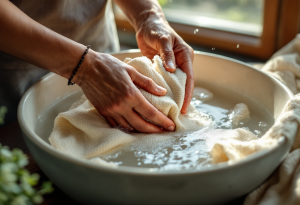Fashion, ach, it’s my life! But let’s be honest, the industry has a dirty secret: its impact on our beautiful planet. As someone who’s spent years draping fabrics and chasing silhouettes, I feel a responsibility to talk about it. We need to make smarter choices, and that starts with understanding the fabrics we use. So, let’s delve into the world of textiles and see how organic linen stacks up against the usual suspects.
The Fabric Face-Off: Linen vs. The Rest
You know, I remember when everyone was obsessed with polyester. Wash and wear, they said! But did anyone stop to think about where it came from and what it does to the earth? Now, we’re waking up, thankfully. We’re asking questions about sustainability, about water usage, and about the chemicals involved in making our clothes.
So, what makes linen so special? Well, it starts with the flax plant. This hardy little guy doesn’t need much to thrive. We’re talking minimal water, few pesticides, and it can even grow in poor soil. It’s basically the supermodel of crops – effortlessly chic and low-maintenance.
Why Organic Linen Takes the Crown
Okay, so regular linen is already pretty good. But organic linen? It’s like upgrading to first class! When we talk about “organic,” we’re talking about farming practices that avoid synthetic pesticides and fertilizers. Think of it as giving the earth a big hug, a chance to breathe and regenerate. This matters because those nasty chemicals can pollute our waterways, harm wildlife, and even affect the health of the farmers who grow the flax.
And you know what else is amazing? The production of organic linen doesn’t require significant chemical treatment or processing and produces little waste. It’s basically a win-win-win.
Cotton’s Complicated Story
Now, let’s talk about cotton. It’s the workhorse of our wardrobes, right? Comfy, breathable, and seemingly everywhere. But here’s the thing: conventional cotton is a thirsty beast. It guzzles water like there’s no tomorrow, and it’s often grown with a heavy dose of pesticides and fertilizers. It is bad, very bad!
Organic cotton is better, of course. It cuts down on the chemicals and reduces water usage. But linen still has the edge, especially when it comes to water efficiency. Plus, organic cotton still requires more land and resources compared to flax.
Beyond the Field: The Bigger Picture
Listen, choosing organic linen isn’t just about the fabric itself. It’s about supporting a more sustainable system. It’s about demanding transparency from brands and holding them accountable for their environmental impact. It’s about creating a fashion industry that respects our planet and its people.
I always say, we vote with our wallets! Each time we choose organic linen (or any other sustainable fabric), we’re sending a message. We’re saying that we care about the future, that we value ethical production, and that we’re willing to invest in clothes that are good for the earth.
The Takeaway
Look, I’m not saying we should all ditch our entire wardrobes and only wear linen from now on. Fashion should be fun! But I am saying that we can all make small changes that add up to a big difference. Next time you’re shopping, take a peek at the label. Ask yourself, “Is this made with sustainable materials? What’s the environmental impact?” Choosing organic linen is a fantastic place to start.
Let’s make fashion a force for good. One sustainable stitch at a time. Do widzenia!


